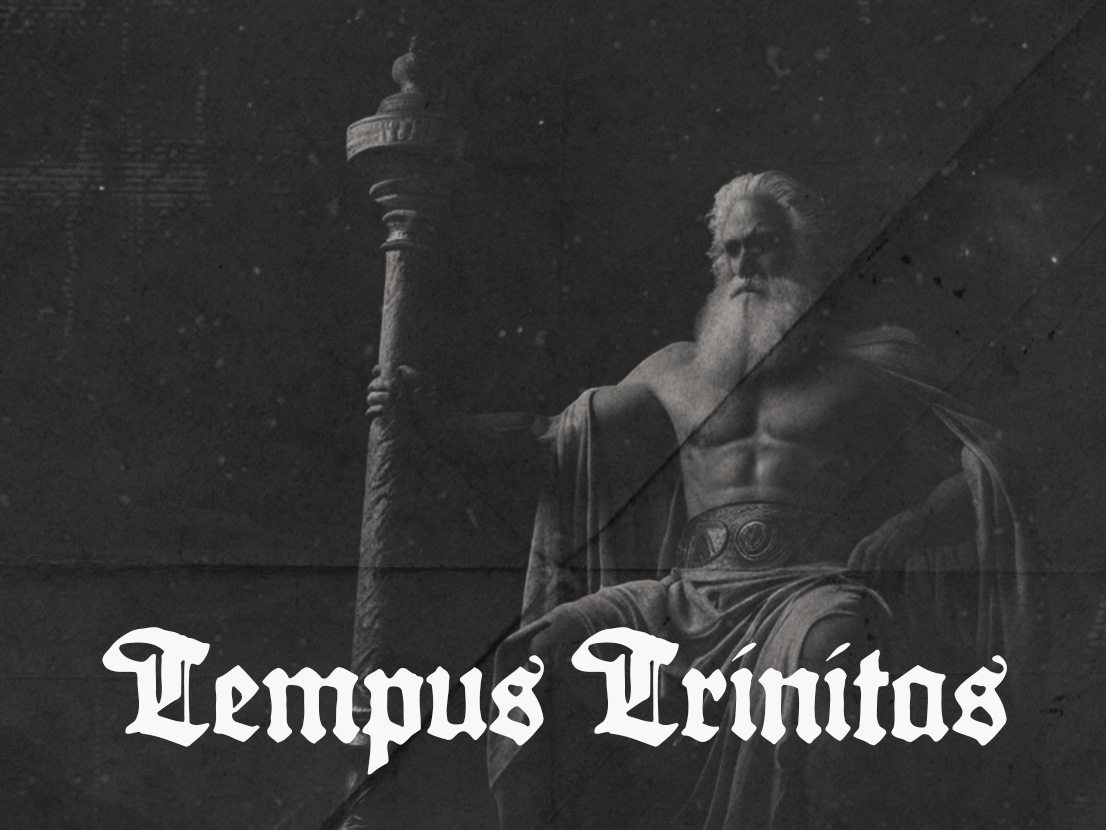The allegory of the cave . I
"La Caverne de Platon". Illustration for Le Magasin Pittoresque, created by an anonymous French artist in 19th century.
Plato uses the cave as a symbolic representation of how human beings live in the world, contrasting reality versus our interpretation of it. These two ideas reflect the two worlds in the story: the world inside the cave, and the world outside. For the prisoners in the cave, the shadows on the wall created by firelight are all they know to be real. If one of the prisoners breaks free and witnesses the outside world, they will come to understand that as the true reality. However, when the freed prisoner returns to the darkness of the cave, their eyes will have now been blinded by the light of the sun, and their fellow prisoners still inside the cave will believe that it is the outside world that is harmful; to them, that truth is not worth seeking.
The allegory delves into the philosophical thought of truth, and how those with different experiences or backgrounds may perceive it. The shadows on the wall of the cave are constantly changing, so there is no stability or consistency offered for those who bear witness to them—only a false reality. They have no knowledge that the real world exists outside of their dark cave, or even that there is a real world other than their own. Meanwhile, the person who has left the cave will not be able to exist as they once did. In fact, they may even come to pity or feel superior to those who remain in the cave. The allegory essentially demonstrates the conflicts between knowledge and belief and what happens to a person once they’ve been enlightened. It is an examination on the nature of humanity, and fear of the unknown.
Nergal Xul
Audio Created by Nergal Xul
© 2023 Styxian. All rights reserved.





